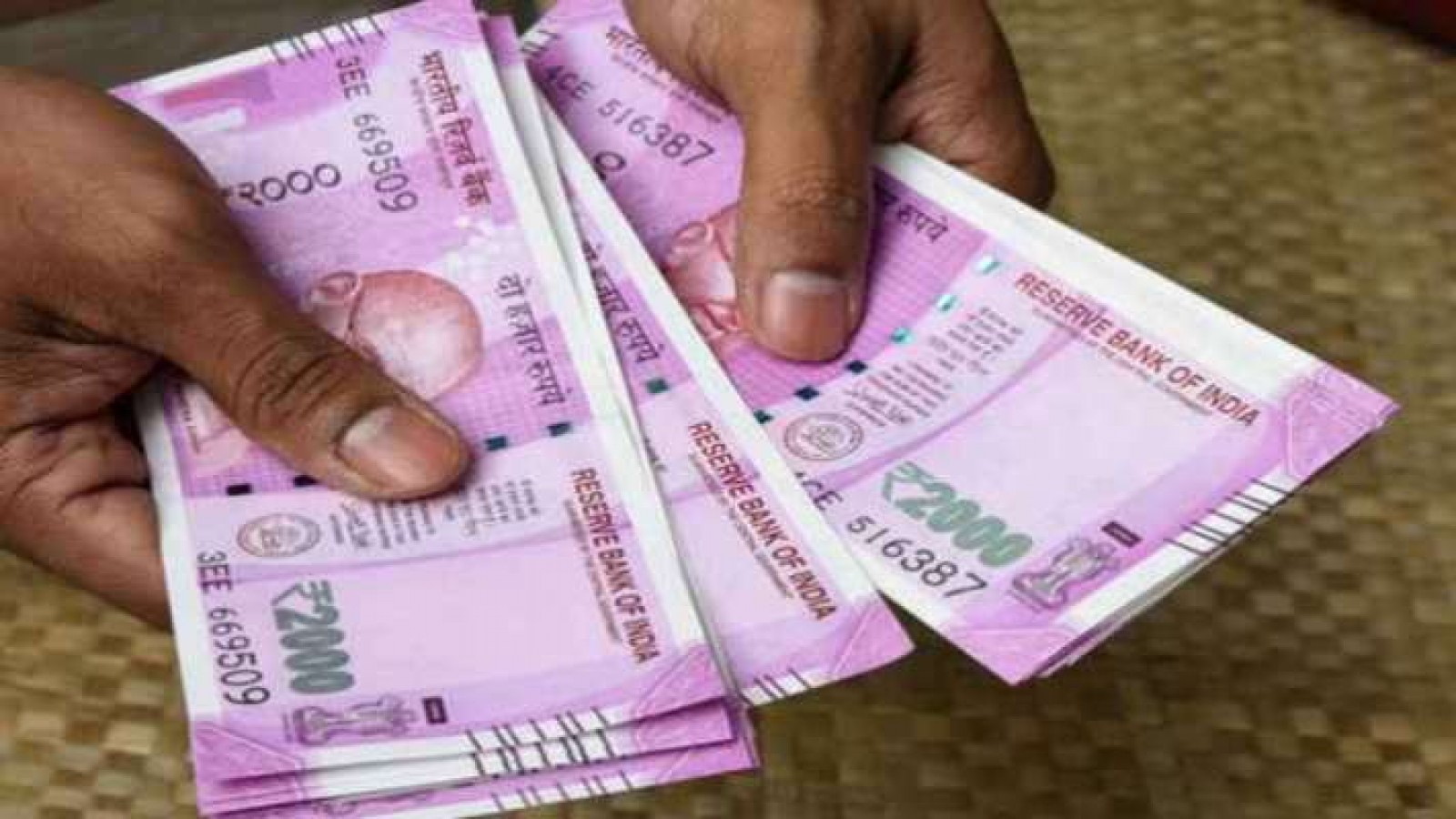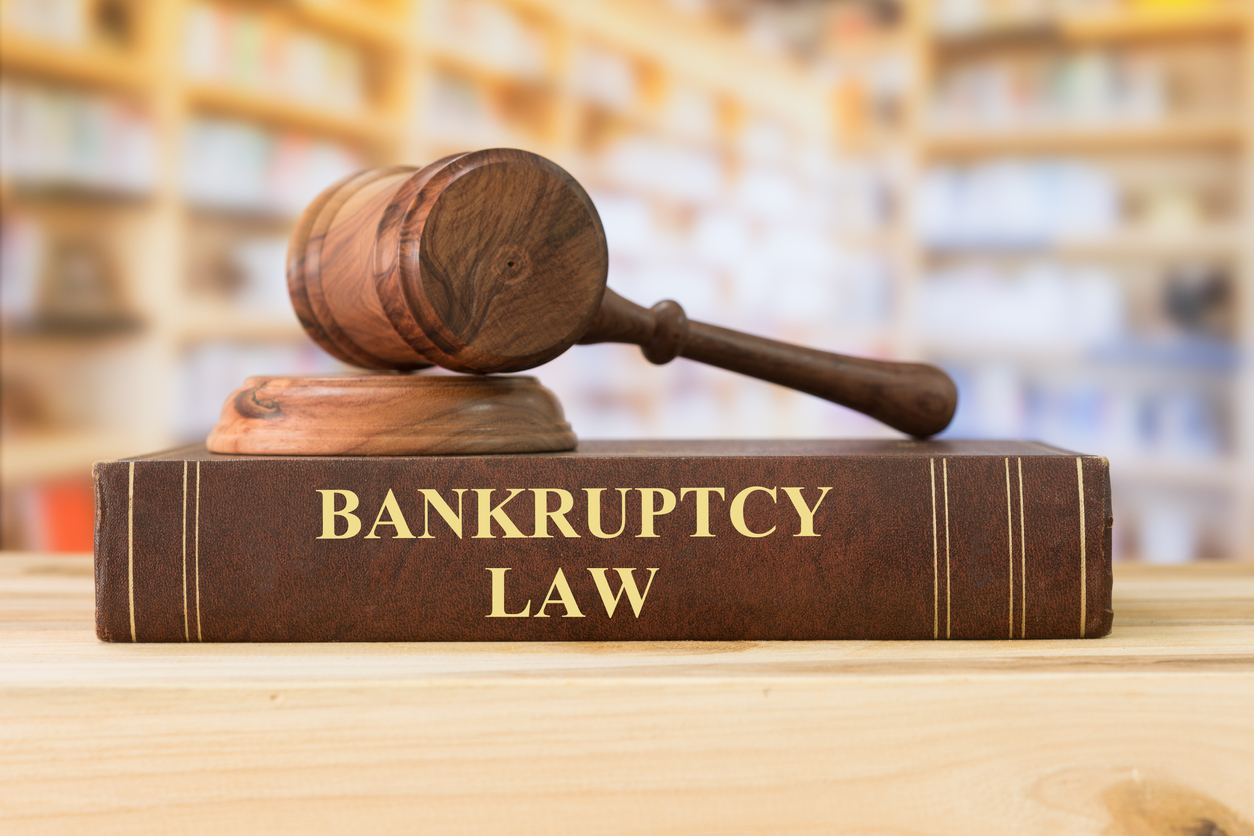
The Missing Piece in India’s Consumer Finance Puzzle
India needs a bankruptcy law to maintain financial health of households & tide over crises
The last few decades have witnessed a steady growth in consumer finance in India. Unlike loans given to businesses, consumer finance involves granting credit to individuals or households to enable them to possess goods for everyday use. Home loans, vehicle loans or even credit card transactions – all form part of consumer lending. While traditionally, Indian households were risk averse and more reliant on informal sector lenders, over recent years, the formal consumer finance market has greatly expanded.
Part of the reason for such expansion is due to various policies and regulatory changes that have been introduced by the government with the goal of increasing consumer lending in India. The setting up of a whole industry that caters to micro finance, the introduction of lending-based state housing schemes, the establishment of schemes that subsidise formal credit to low-income households, the easing of regulatory norms for fintech initiatives, etc. – all have been geared towards improving consumer credit and boosting financial inclusion.
But does such expansion in consumer credit come without any costs? This blog explores the downside of this expansion, particularly over indebtedness among households, and stresses on the need for a comprehensive bankruptcy regime to deal with it.
The good and the bad
Perhaps the most significant driving force for policy makers in India for increasing lending to consumers is that it is likely to boost economic growth of the country.
If borrowing is easier, consumers would effectively be willing to spend more on the goods and services they consume and pump in more money into the economy. Nevertheless, expanding consumer credit, albeit beneficial, comes with its costs.
A major downside to the expansion of consumer credit is that it can lead to a state of over indebtedness among consumers, i.e. when consumers accumulate too much debt. Such over indebtedness will not only be harmful to the consumers themselves, but can also be deeply damaging for the financial system, especially during a downturn, as was evident from the 2008 financial crisis.
Therefore, it is crucial that efforts are made to mitigate the costs associated with the expansion of consumer credit. Such efforts can be made at the stage of the transaction itself as well as at the stage of the recovery of debt.
- At the transaction stage, disclosure mechanisms may be imposed on lenders to avoid information asymmetry between the lender and the debtor. However, such efforts may only have a limited impact in a country like India where the degree of awareness and sophistication of debtors is low.
- At the recovery stage, various laws currently allow creditors to recover their debts from borrowers with varying degree of efficiencies. But consumers and lenders in India lack access to a viable consumer bankruptcy law, which can go a long way in balancing the costs associated with the expansion of consumer finance.
A major downside to the expansion of consumer credit is that it can lead to a state of over-indebtedness among consumers. Efficient bankruptcy laws can provide protection to both consumers & the country’s financial system.
How bankruptcy laws can help
Taking debtor interests into account: Bankruptcy laws are an integral component of the consumer finance landscape in a legal system and can help promote a stable market for consumer credit. As opposed to debt recovery laws that give individual remedies to each creditor, bankruptcy laws deal with all debts of the debtor and provide a ‘collective’ solution for all creditors. More importantly, unlike recovery laws, which are primarily creditor-focused, bankruptcy laws also take into account the interest of the debtor.
Reducing cost & increasing value for creditors: An efficient consumer bankruptcy regime will help creditors by reducing the number of proceedings they have to participate in to recover their debt and in avoiding a race to recovery among creditors. This effectively reduces costs, maximises value available to creditors and ensures fair distribution of returns. Consequently, creditors operating in a market with efficient bankruptcy laws will be more willing to lend to consumers. These laws also help debtors by allowing them an escape in situations of financial distress. Bankruptcy laws result in discharging the debtor from the obligation of repaying her creditors and therefore, have the effect of giving a big relief to the debtor. Thus, debtors may be less scared of financial distress and effectively more willing to borrow.
Removing stigma and helping society: Apart from this, debtors in India also bear substantial social costs due to financial distress. Farmer suicides, debt bondage and imprisonment for debt are a continuing phenomenon in India and indicate the deep underlying stigma of financial distress. An efficient bankruptcy law works towards normalising the occurrence of financial distress and thus, reduces the social costs of consumer financial distress. Moreover, bankruptcy laws also help the society at large by ameliorating the negative systemic effects of unregulated distressed debt.
The lacuna of consumer bankruptcy laws in India
Despite the above, India lacks an effective consumer bankruptcy regime.
The current bankruptcy laws available to consumers in India are archaic colonial era laws that are not in line with international best practices. Due to this, they are sparingly utilised in practice. Even though the Insolvency and Bankruptcy Code, 2016 (IBC) was enacted with the aim of inter alia providing a modern bankruptcy regime for consumer debtors, its provisions (this includes the insolvency resolution process and the bankruptcy process under Part III of the IBC) dealing with consumer bankruptcy have not been operationalised yet.
Consequently, while the expansion of consumer finance has made access to credit easier, getting rid of such credit in times of distress is a difficult process for consumers in India. Naysayers may argue that if consumers have taken loans, they should be prepared to repay them. However, this may not always be in the borrower’s control. Business failure, natural calamities, diseases or other such unforeseen events are common reasons for financial distress. Blaming borrowers for such events is unfair and not allowing such borrowers a reasonable exit violates their basic rights as individuals.
Therefore, an efficient bankruptcy law will go a long way in ensuring that the continued expansion of consumer credit does not eventually bog down financial health of consumers in India. Hence, the government should consider notifying the provisions of the IBC that deal with consumer insolvency and bankruptcy. This will also be very useful tool for indebted households for tiding over the ongoing crisis. Apart from helping borrowers, such laws will also be a boon to the larger financial ecosystem by allowing creditors to have efficient remedies against their debts and promoting responsible lending.
Views are personal.



